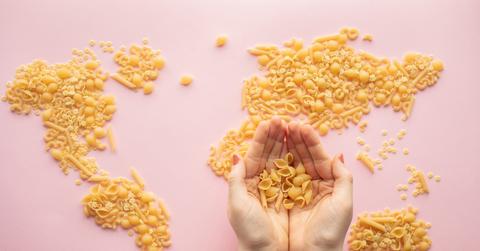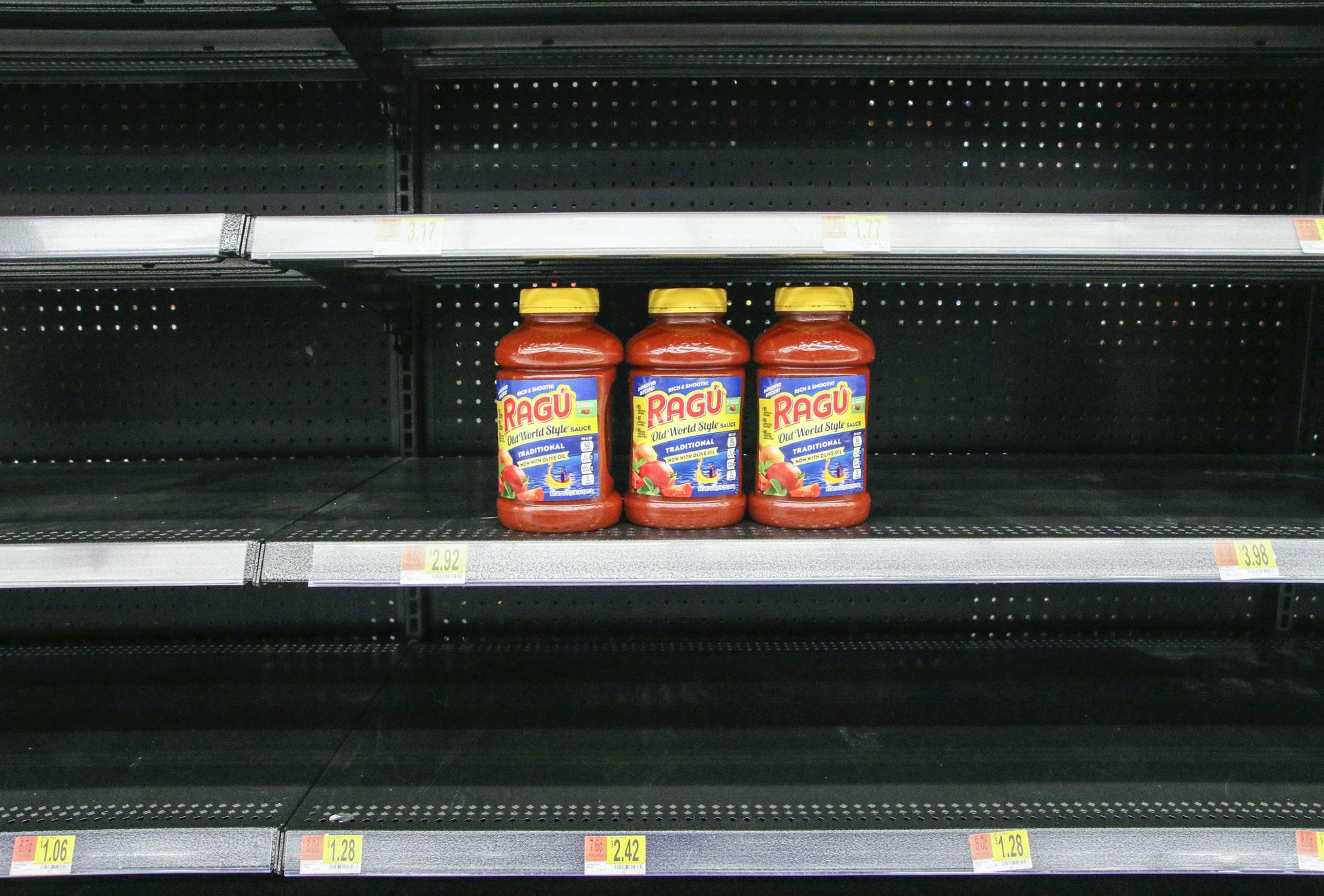Why the World Food Shortage Isn't Going Away Soon
Around the world, consumers are grappling with a shortage of food and other grocery items. How long will it last?
Oct. 18 2021, Published 1:50 p.m. ET

At the beginning of the COVID-19 pandemic, consumers hoarded essential items like toilet paper and diapers, which led to a widespread shortage. You can still spot a lot of empty shelves in supermarket stores. Some of the items might have changed and are geared more towards the food category. Are we facing a world food shortage in 2021?
The shortage at a lot of places isn't an actual shortage but a supply constraint due to logistical issues, especially in developed markets like the U.S. and the U.K. Many countries around the world are trying to address these concerns and correct the situation. When will the issue get resolved?
Food shortage in the U.S.
While there isn't a widespread food shortage across the U.S., there are pockets experiencing strain like bottled water and turkeys. Most of the shortage in the U.S. is due to supply chain issues and labor shortages. Demand returned quickly and the supply side wasn't ready, which led to bottlenecks at various sites, including congestion at ports, a container shortage, a packaging material shortage, and a truck driver shortage.

Most of the issues in the U.S. are localized. According to the USDA, the U.S. food market will be well supplied. It expects food prices to remain stable or even decline in some cases.
Global food shortage
In contrast to the U.S., the food shortage around the world isn't just a factor of supply chain issues. According to a rapid phone survey done by the World Bank in 48 countries, a significant number of people are running out of food or reducing their consumption. Global food prices have hit a 10-year peak, according to the FAO (Food and Agriculture Organization), driven by gains in cereals and vegetable oils. Despite record cereal consumption, a shortage is forecasted on higher consumption projections.
The major risks to food security are at the country level. Many countries are facing high food price inflation at the retail level and this could impact people in low-and middle-income countries.
Other countries including the Democratic Republic of the Congo, Afghanistan, Syria, northern Nigeria, Ethiopia, Zimbabwe, and Haiti are among the worst affected countries as far as food insecurity is concerned and the major reason is conflict. Economic shocks and weather extremes are exacerbating the food shortage and insecurity around the world.

Is a food shortage coming?
So, depending on where you live you might face a food shortage due to one reason or another but a food shortage is coming. In developed countries like the U.S. or the U.K., the major issues are a labor shortage and supply chain bottlenecks. In developing and less developed countries, the issues are deeper like reduced incomes, higher retail prices, conflict, and extreme weather conditions.
Food shortage list in October 2021
Most of the foods that are in short supply currently and going forward are the ones impacted by supply chain issues. One of the key items is poultry, especially turkey and chicken. In anticipation of Thanksgiving 2021, the demand for smaller turkeys is surging while the supply isn't keeping pace. Another item short in supermarkets is pet food.
The price hike in items such as corn, soy, and meat has led to price increases in pet food. Due to droughts in many areas, the supply of bottled water has also been impacted negatively. Lunchables and juice boxes are other items in short supply along with canned food, bread, liquor, and pasta.
